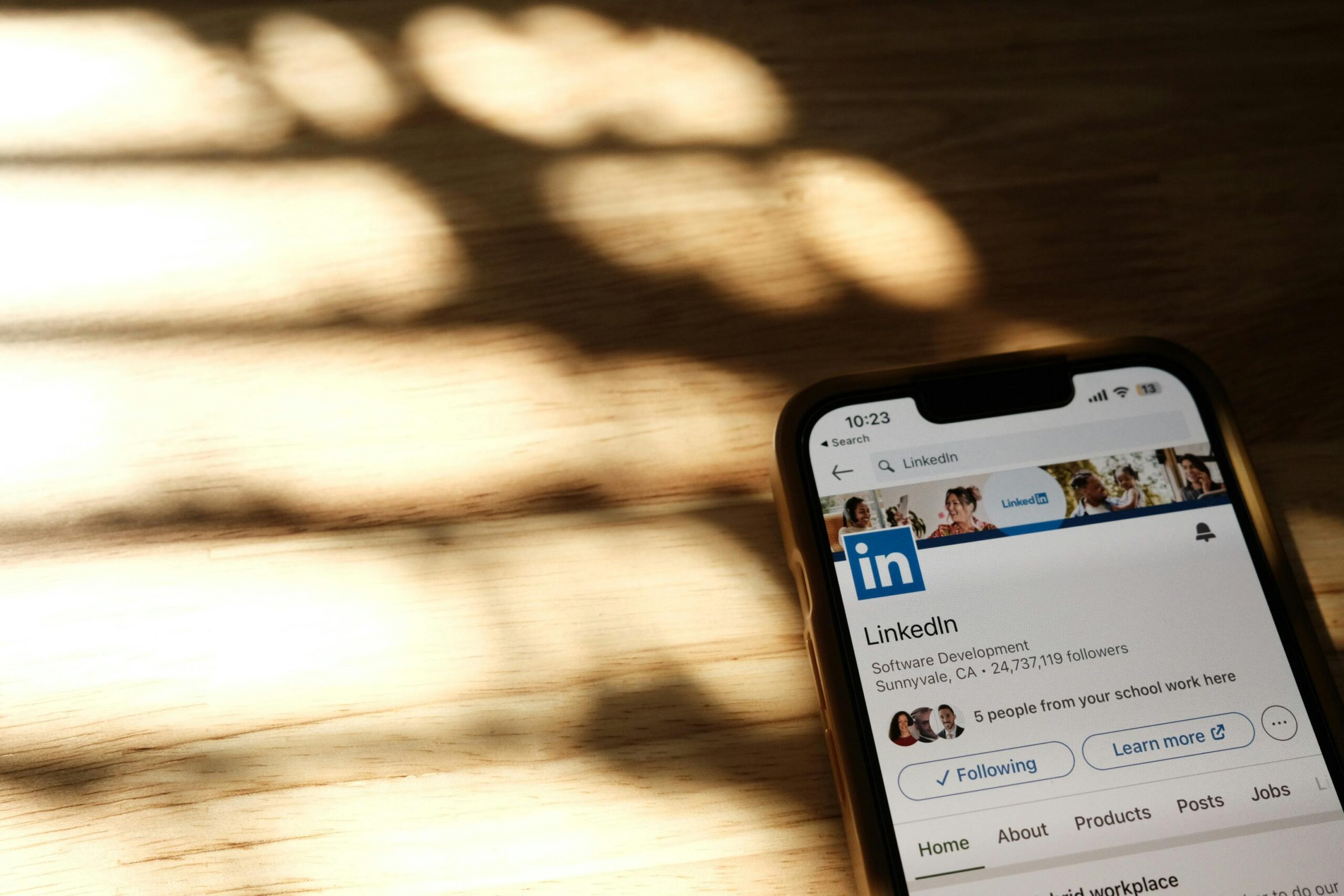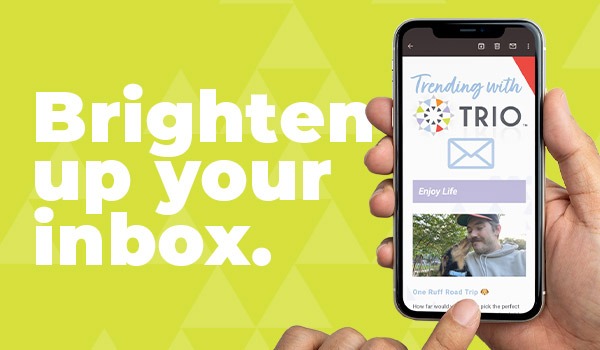How to Build a Smarter LinkedIn Strategy (the Organic Way)

We get it. LinkedIn can feel like a never-ending scroll of self-promotion, sales pitches and the occasional inspirational quote. But when done right, LinkedIn is one of the most powerful tools for building your brand, growing your audience and turning connections into opportunities organically.
At TRIO, our digital marketing team has refined our LinkedIn content strategy for ourselves and our clients. The result? A straightforward, actionable approach. Whether you’re an individual thought leader or a company page, this guide has you covered.
Step 1: Know your audience (for real).
The first step in any good strategy? Knowing who you’re talking to. Understanding your audience helps you create content that’s actually useful…not just what you think people want to hear.
Before you even touch a key, ask yourself these three simple questions:
- Who is my target audience?
- What challenges are they facing?
- What do they want from me?
When you map out segments (ex., small business owners, nonprofit leaders, marketing professionals), you can tailor your content to their mindset and needs.
Step 2: Use frameworks that work.
Stuck on what to post? Don’t reinvent the wheel. Just use better frameworks. The following options take into account evolving audience behavior. They also help answer key questions like why you’re posting and what the goal is behind each post, making the strategy more intentional and effective.
The PEAS Framework (what to post)
- P – Personal: Share your story, values or journey
- E – Expertise: Tips, how-tos or thought leadership
- A – Actionable: Something your audience can use or apply today
- S – Social Proof: Testimonials, case studies or milestones
The 4C Framework (why you’re posting)
- Credibility: Show what you know
- Connection: Build trust and relatability
- Conversation: Spark a discussion or debate
- Conversion: Lead with value and soft CTAs
These frameworks keep your content strategic rather than random. Together, they ensure every piece of content plays a role in building trust, authority or connection with our audience.
Step 3: Prioritize the right post formats.
Not all content performs equally. LinkedIn’s algorithm (and your audience) prefers specific formats. Based on what we’ve seen (and what the platform prioritizes), these formats currently work best:
- Carousel posts (PDFs): Great for step-by-steps or teachable moments
- Short-form videos (under 90 seconds): Humanize your message and show personality
- Expert opinion posts: Establish your authority on timely topics
- Native articles: Long-form content that builds lasting credibility
- Polls: Boost engagement and get insights from your network
Mixing formats keeps things interesting and caters to different types of learners and scrollers.
Step 4: Plan your topics around value.
Once you know your audience and format, plan your topics accordingly. You’re not just creating content—you’re solving problems, answering questions, and adding value. Build a content bank that includes:
- FAQs from your clients or peers
- Industry trends or changes
- Behind-the-scenes moments of your work or team
- Lessons learned (from wins and failures)
The more you connect your expertise with real challenges or curiosity, the more your audience will pay attention.
Step 5: Post with intention.
You don’t need to post daily to grow on LinkedIn. You only need to post consistently and intentionally. Plan for around two to three high-quality posts per week.
According to this article by Buffer, the best times to post on LinkedIn are:
| Best Time | Second Best | Third Best | |
| Monday | 10 a.m. | 8 a.m. | 11 a.m. |
| Tuesday | 10 a.m. | 11 a.m. | Noon |
| Wednesday | 3 p.m. | 2 p.m. | 10 a.m. |
| Thursday | 10 a.m. | 11 a.m. | 8 a.m. |
| Friday | 11 a.m. | Noon | 1 p.m. |
| Saturday | Noon | 10 a.m. | 8 a.m. |
| Sunday | Noon | 8 a.m. | 10 a.m. |
Pro Tip: Quality always beats quantity. Find a rhythm you can realistically maintain, and commit to it.
Step 6: Measure what matters.
Vanity metrics are easy to chase but don’t always tell the whole story. Instead, focus on signals that reflect real performance.
For individuals and brands:
- Impressions and profile views
- Engagement rate (comments, shares, saves)
- Follower growth
- Performance of individual posts
For company pages, also watch:
- Page views and CTA clicks
- Unique visitors
- Which posts drive the most interaction or conversions
Let the data guide your next steps.
Ready to boost your LinkedIn game?
Team TRIO’s here to help! Let our award-winning marketing team take your social media to the next level. From copywriting and scheduling to community management and in-depth reporting, our team does it all. Contact us today to explore TRIO’s marketing solutions!
Keep reading...
SEO vs. AI Answer Rank: What Businesses Need to Know
Dearly beloved, we are gathered here today…to tell you the funeral is off. SEO isn’t dead. It’s just smarter now! No, really. If you’ve found yourself […]

Digital Marketing Specialist
UGC: How Loyal Customers Became Part of Your Marketing Team
User-generated content (UGC): it’s the “show-don’t-tell” of modern marketing. In a world of perfectly curated Instagram feeds and polished brand campaigns, there’s something refreshing about real people […]


